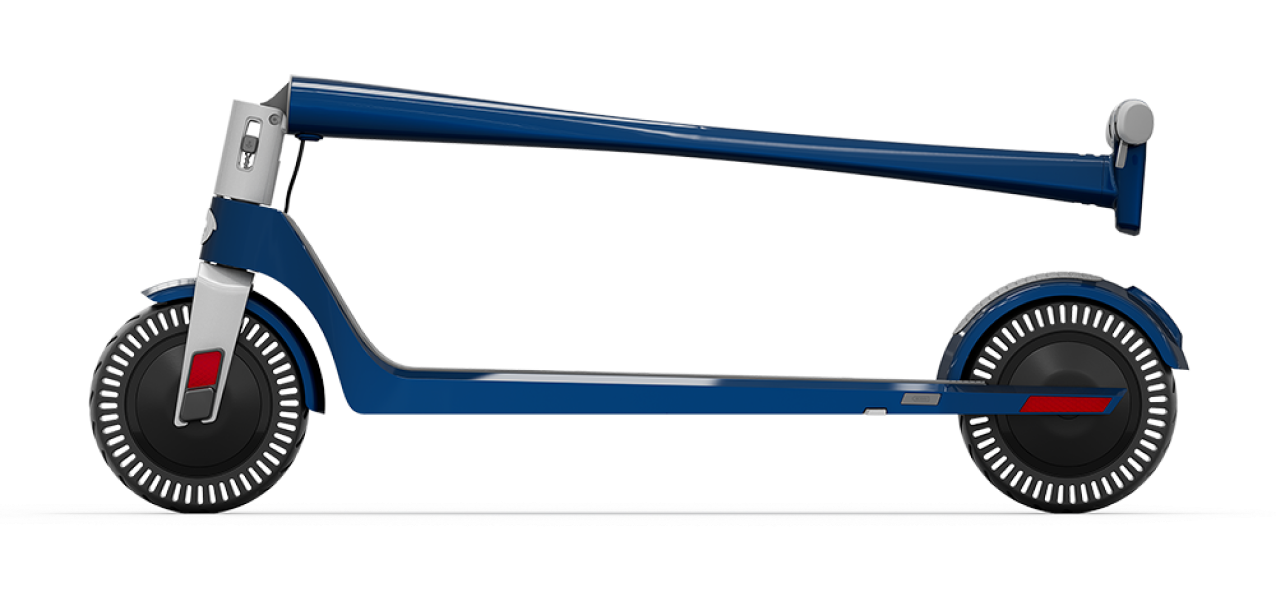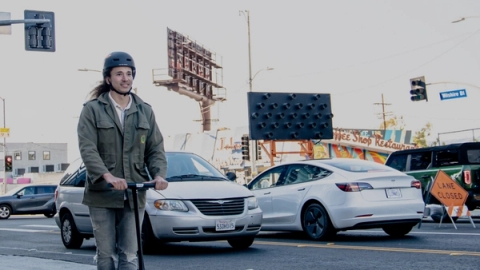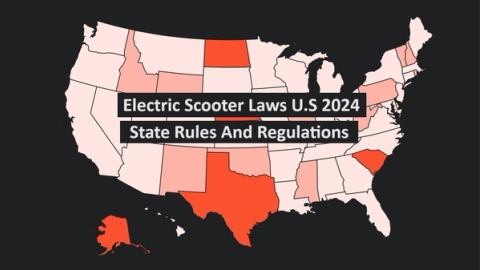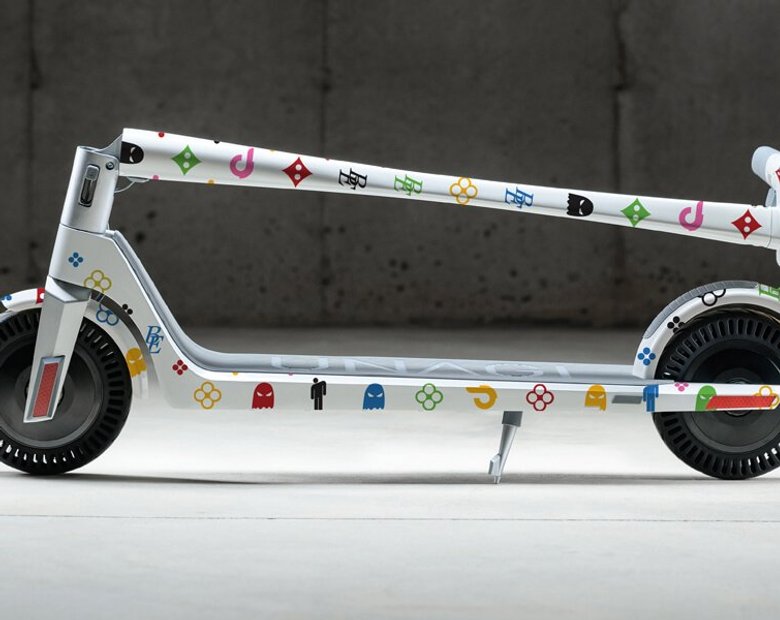Discover why I swapped my car for an Unagi Scooter! Dive into my journey from the monotony of traffic to the freedom of city streets, exploring the excitement, eco-friendliness, and simplicity of scooter life. Join the ride towards a more adventurous, sustainable urban lifestyle. Will you join me?
What's the number one problem facing our cities today? Congestion, of course. Cities across the globe are plagued with the same problem--a disparity between the infrastructure and the number of residents. Be it housing, transport, resources, or amenities; most urban setups can hardly support the growing resource demand from an ever-rising population.
Today, we focus on the transport crisis. It is simple logic that the more people living in an area, the more the demand for means of movement. Most cities have decent public transport, but we can hardly call any of it sufficient. For a lot of cities, the trains and buses support a larger consumer base than was originally designed for, which leads to hygiene and security issues, leading to a preference for personal vehicles for daily commuting.
People need to get from point A to point B reliably. But what happens when there's an increase in the number of vehicles on the road? There is a co-related increase in greenhouse emissions. The problem is almost everywhere, but city centers worldwide are the hardest hit. This is the reason why local authorities, environmentalists, and concerned citizens are pushing for a change to environmentally friendly means of mobility. And that brings us to 'Micro-Mobility'.
What is Micro-Mobility?
Micro mobility is a relatively new term, but the concept is quite dated. As early as the 1800s, bicycles and other forms of pedaled transport were the primary urban transport means. They complemented animal-drawn carriages to form the transport system of the time. However, as we crossed into the 1900s, cars came about, and large cities adopted them as the preferred means of commuting. And as urban areas experienced an uptick in the use of cars–bicycles, scooters, tricycles, quadricycles, and the like were resigned to a recreational and a more sporty role.
Cars became quickly and largely popular because they addressed the transport challenges of the time. They were reliable, efficient, and increasingly accessible with time. The car industry was also highly scalable thanks to growing innovation in the field, demand, acceptance by the population, supportive regulations, and accommodation by authorities in terms of road and parking infrastructure. Sadly, at its early stages of adoption, very few could have projected the level of pollution the vehicle industry would cause in the century, and close to a quarter that vehicles have been the primary means of transport for the larger share of the population.
To counter this challenge, transport innovation is currently focused on reducing as many gas trips as possible. One of the solutions is micro-mobility. Micro mobility, as we know it today, refers to small powered vehicles that are also lightweight and that typically operate at max speeds of 15 mph (25 kph). These lightweight vehicles are personally driven by the commuter. Some popular micromobility devices include electric scooters, e-bikes, unicycles, electric skateboards, etc. These personal electric vehicles are probing at the global marketplace with iterative innovations in an attempt to produce the most reliable, affordable, space-economic, and environmentally-conscious means of commuting.
What Challenges does Micromobility address?

As a solution, we need to first consider the existing challenges that micro-mobility seeks to address. Below are some of the problems.
Transport
At its core, micro-mobility is a transport solution - the devices get the user from one point to another. They come with motors and rechargeable batteries that facilitate movement based on the ratings. Larger batteries enable the riders to travel further, while higher-rated motors deliver higher torque, which determines the power and speed of the scooter.
Many of these micro-mobility PEVs will not go for long distances; therefore, most people's primary functions are short-distance travel, last-mile commuting, and leisure riding. Having this kind of solution in place allows people to take public transport to the last stop and ride the PEV for the remaining distance to the office, shop, etc. The more people doing this, the less personal vehicles on the road, which essentially helps decongestion.
Pollution
For perspective, think of cab services in most cities. Cabs and vehicles in ride-sharing networks will circle around the block in a loop between each service. Now, think of the gas consumption by these vehicles when riding around without a passenger. Also, it doesn't help that the majority of rides within cities carry one passenger over short trips, which not only creates unnecessary traffic but is a culture that is cumulatively bad for the climate.
In an interview, Bird CEO, Travis VanderZanden, says that according to their research, the average electric scooter prevents about 103 grams of greenhouse emissions in its lifetime. This proves that the more commuters adopt micro-mobility means of travel, the more impact we'll have on the war against climate change.
Congestion
Traffic congestion is a crisis that speaks for itself, and one city residents are all too familiar with. The inefficiencies of public transit have led to a surge in the number of cars on the road in most urban areas. The problem is that the existing infrastructure doesn't expand just because the number of car owners does. This leads to traffic jams on the highways, congested streets, and an acute shortage of parking in most cities.
Now, micro-mobility takes a form designed to combat congestion. The space occupied by an e-scooter or an e-bike can measure up to about 1/8 of what a regular sedan would take. They take less space on the road and even less space for parking. Think of the good it would do if the people that ride alone to work, especially on shorter distances, took e-bikes or e-scooters to work instead. Enough people doing it would dramatically lessen congestion on the roads.
Infrastructure Costs
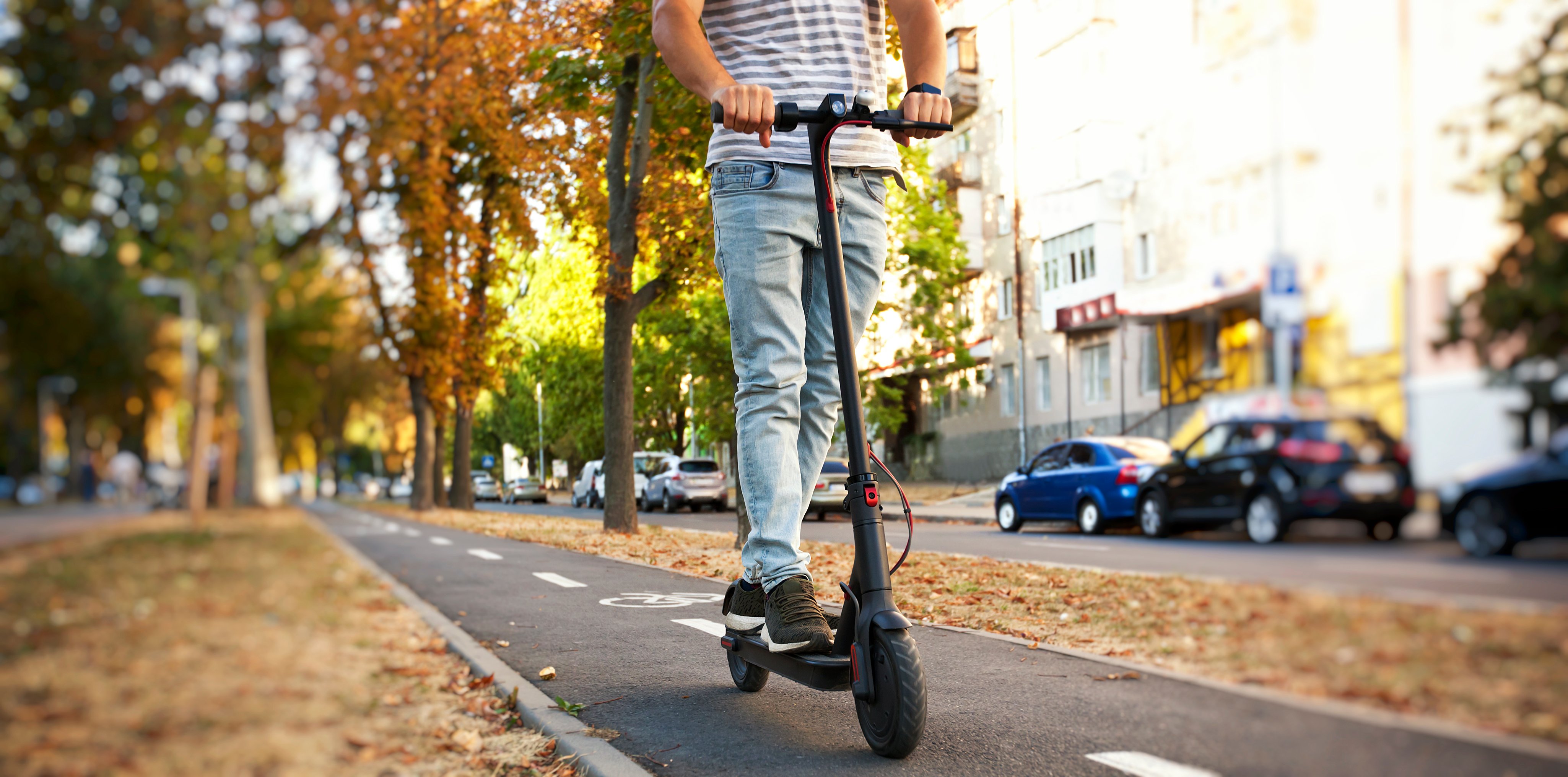
The cost of building and maintaining roads is no meager investment. It also takes a significant chunk of change to put up parking structures within cities. Increased car use by city dwellers means a constant allocation of funds for new roads and maintaining the existing ones. Cars are heavy machines, and with their powerful engines, it's no surprise the amount of wear and tear they cause on the roads. They are also large and take up lots of space when parked.
Micro mobility electric vehicles require much less investment in terms of infrastructure. One car lane can efficiently serve 5 times the number of PEVs. They also need much less space for parking, making them space-efficient, especially for cities. Therefore, in order to preserve funds for other projects, cities should really be incentivizing commuters to adopt bikes and scooters as their intra-city movement means.
Safety
For some, this may come as a shock, but the female rider demographic states safety as one of the key factors for adopting micro-mobility means of transport. It's been said, and it's true, women don't feel safe in public means of transportation when unaccompanied. Therefore, there's a growing number of female riders opting for bikes and scooters because it feels safer for them to do so. The number of men that report the same is lower but is definitely there.
Health and Hygiene
Following the recent global health pandemic, it's true that hygiene considerations have perpetually been integrated into our lives. Long after the mandatory wearing of masks was revoked, many people remain aware of the ease with which germs transmit from person to person. This has led to a unique post-pandemic opportunity for micromobility electric vehicles. And those who can't afford their own have shared micromobility means, which gives the rider more control over the hygiene conditions of their ride.
What are the Challenges Facing Micro-Mobility?
The world is definitely still in the early stages of adopting micro-mobility. And as is true of any industry, micro-mobility is faced with teething problems. The evidence is there for the benefits that a full integration would provide, but there are certain challenges that make that a little difficult to achieve. Some of the problems facing the growth and adoption of micro-mobility include:

Regulations
The laws regarding micro-mobility means of transport are as varied and diverse as the ride options themselves. The laws vary from country to country, state to state, and as witnessed, can change from day to day. The laws surrounding micro-mobility vehicles have to be carefully thought out. There have been places that have experienced immense success with the roll-out due to the laws set out, e.g., Germany, Switzerland, Portland, and San Francisco.
In contrast, it is impossible to have a regulatory conversation without discussing the 'scooters crisis in Paris.' They were the first European state to allow shared scooter companies Bird and Lime to set up. But in the absence of regulations, they scaled too fast and, without the proper infrastructure in place, created a lot of clutter, consequently leading to backlash from residents. In the United States, the same has been reported in San Diego, Dallas, and Atlanta--due to a lack of proper regulations.
This disparity in success indicates that authorities cannot be quick to give a verdict on what is and what is not allowed within their jurisdictions. It favored Germany to wait until they had a proper framework of operations, as opposed to Paris, which left the scene in a laissez-faire state. The regulations should factor in speed limits, operators, requirements for riding, safety measures, the total number of micro-mobility vehicles the infrastructure can handle, etc.
Quality Standards
Scooter companies are created every other day, with each one trying to get a stake in the market share. This is typical of any truly revolutionary invention, but it also comes with the big "quality assurance" problem. As an industry aimed at positively impacting the global climate, it is counterproductive to have low-quality vehicles making their way to the market with a lifespan so short that the energy used in production and their disposal in landfills negate any possible benefits.
It only takes a few poorly manufactured vehicles to create negative PR. But without regulation of who can build one of these vehicles, the market is quickly becoming awash with generic and name brands that offer no real long-term value to the rider or the environment. Lime President, Joe Kraus, spoke to fellow micro-mobility experts and emphasized the need for the industry players to establish world-class hardware, commit to full landfill diversion, and incorporate renewable energy in their entire operations as some of the ways to truly leave a mark in the space.
Investment Capital
For innovation to truly take off, money needs to be pumped into research and development. Venture capital has been instrumental in getting many companies from start-up to profitable, e.g., German e-scooter firm Tier and Swedish Voi Technology. On the other hand, shared micro-mobility experts Bird chose to go the publicly traded route, while scooters like the Segway Ninebot F Series were crowdfunded on Indiegogo.
Regardless of the funding source, manufacturers need financial resources to make strides in the quality of software and hardware they deploy on their electric micromobility vehicles. However, for unestablished companies, investor appetite is not what it used to be, especially with the attrition rates and ever-changing regulatory landscape. Therefore, smaller companies may struggle to make headway and eventually fizzle out or get acquired by bigger players.
Utility

Micro mobility electric vehicles are here to substitute the inefficiencies of public transport, walking and ride-hailing, or car-sharing services. Early adopters were mostly leisure riders, tourists, and a handful of commuters. Micro mobility players are constantly working on innovations to make their offerings truly utilitarian, which has increased the number of people using electric bikes and e-scooters as a last-mile commute.
However, these devices are not yet fully optimized to replace cars. For instance, despite the proven benefits, commuters going longer distances would hardly opt for an e-scooter even if it gave them the mileage because they'd have other factors to consider, e.g., comfort, weather conditions, etc. Some come close, but there's room for innovation in the form factor for these to be a universally acceptable alternative.
Safety
The concept is multi-pronged, and here we look at safety as a hindrance to adoption. The statistics for accidents involving micromobility rides are there, and they are staggering. And while the lack of national standardization in micromobility data puts an extra strain when trying to assess the overall impact, electric scooter and electric bike accidents have steadily risen in recent years.
All the same, a panelist at the 2019 Berlin micro-mobility conference pointed out that the rising statistics are expected since more e-bikes and e-scooters on the road means there will be more rides taken, which increases the likelihood of accidents. He was also quick to point out that the curves also showed that experienced riders got into fewer accidents than their rookie counterparts. This revealed a gap in training, which a couple of companies have begun issuing to lessen the likelihood of accidents by beginners.
Weather
Most, if not all, micro-mobility transport solutions are best tailored for fair weather riding. Manufacturers have all sorts of contingencies to keep the vehicles on the road all year round, e.g., IP ratings, all-weather tires, rubber grips to maintain a steady hold in wet weather, reliable braking systems, etc. However, in a heavy downpour, everyone prefers to be nicely sheltered in their cars, with the heater turned all the way up. For such reasons, micro-mobility solutions remain quite seasonal.
What does the Micromobility Future Look Like?

The future is now for micromobility. Everybody is concerned with saving the planet, and there's a call for each person to take the initiative in reducing their carbon footprint. A lot of people have their hopes pegged on the electric car replacing the internal combustion engine, but there's low-hanging fruit in the name of micromobility electric vehicles that brings the carbon-free transport dreams closer to today.
The future calls for decarbonizing the most heavily polluted industries, with transport being in the top percentile. There is a demand for equitable climate action, especially in cities. City authorities need to collaborate with all the key players in the transport sectors to create sustainable means of transport. Partnering with electric micromobility companies is a good start, thanks to the proven benefits of reducing greenhouse emissions.
The 2020 health pandemic created some tailwinds for the e-micromobility space. And thanks to the calls for social distancing, governments and authorities across the globe took the initiative to add bike lanes, jogging tracks, and even PEV lanes to manage traffic. The same pandemic was an awakening call for collective efforts in preserving and restoring mother nature, which is pretty much the tagline for the micromobility space.
For players in the space, granting access is also vital. Consumers shouldn't have to pay an arm and a leg to get quality vehicles. That's where shared micromobility comes in. The rental companies make travel easier by giving access to bikes and scooters affordably. In fact, the trend has led to the creation of new opportunities and interesting business models. A company like Unagi now offers a zero commitment, zero subscription model that lets you own an e-scooter for very low monthly premiums, which is what we hope the future looks like.
Europe leads the pack as early adopters, with the US quickly closing in. For sustained environmental benefits, stakeholders should try and expand their reach to every corner of the world, including third-world countries. Some regions may prove more difficult than others due to the existing infrastructure challenges, difficult terrain, the high cost of adoption, regulation, social acceptance, etc. In such cases, the process should be undertaken incrementally to provide a framework for lasting change.
The space also shows potential for consolidation of existing players. With a heightened demand for capital, hardware and software resources, and expertise, the industry should see more mergers and acquisitions in the future. Everyone has something to bring to the table, and working together could prove more beneficial to the quality of output. There's also a call within the industry for more collaboration when making proposals to local authorities in order to stand a better chance at convincing governments to amend regulations.
Regulations and licensing laws are also subject to heavy and periodic evaluation in a bid to ensure that micro-mobility is actually serving the purpose it proposed to, and is not just in the business of raking in dollars. Cities like Mexico City have a cap on the number of scooters that the system can comfortably handle, while places like Stockholm have tasked e-micromobility providers to install slow signs in pedestrian zones for enhanced safety. With growing insight, the regulations should evolve to favor the environment, businesses, and consumers.
Will Micromobility Work?

Technology has time and again shown us that the craziest ideas can turn into life-changing events even if, at first, they seem ridiculous. When they first proposed the mobile phone, it was this incomprehensible idea. And now, half a lifetime later, phones are gadgets we literally can't live without. Another good example is cryptocurrency, which started out as 'internet coins' but is now a billion-dollar industry. Cars are only a century and a few years old, and it feels like there was never a time when they didn't exist.
There is a use case for micromobility, but the players need to ensure that there is the value proposition in their offerings. They can do this by ensuring the following:
- There is utility in the vehicles they put out
- Ensuring that the vehicles are safe
- Deploying the best-in-class hardware and software
- Improving the lifecycle and efficiency to achieve the carbon reduction targets
- Investing in rider education on safe riding practices
- Being accountable when things don't work out
- Adopting renewable energy in operations to further reduce carbon emissions
- Committing to landfill diversion
- Making the micromobility devices financially accessible
- Working with local authorities to provide and improve infrastructure that makes riding possible
Is Micromobility Making an Impact?
It is hard to estimate the impact that micromobility has had. Still, in the short time that these devices have been in circulation, they have far exceeded initial expectations in making movement easy for city residents. Ride-sharing companies, e.g., Lime, Voi scooters, Wind, Bird, TIER, Circ, etc., collectively report rides in the hundreds of millions. There are commuters who would have probably opted for ride-hailing options for small distances but instead chose to go green.
Nonetheless, we don't have the luxury of time with greenhouse emissions, and there needs to be a stronger push for increased adoption. Bikes and scooters should essentially market themselves. They are more affordable than cars, more fun, easier to operate, and with proven environmental benefits. And if that's not incentive enough for consumers, city authorities could induce demand by prioritizing EV lanes and bike lanes when making infrastructure decisions.
Final Thoughts: How Is Micromobility Changing Our Cities?

With hundreds of millions of rides, it's quite clear that micromobility is more than just a hot trend. The global population is becoming increasingly sensitized to dwindling natural resources and the irreversible damage that we've collectively done to the environment. Earth's inhabitants in this century have caused more damage than past generations combined, which is why the status quo needs to be challenged on a global scale and at an individual level.
By opting to take public transport, then use an e-scooter, an e-bike, a boosted board, or an electric unicycle for last-mile commuting, you are doing your part for the environment. If several others shift to this mode of commuting, we can expect a drop in the level of carbon emissions and bring down local air pollution. Also, with fewer cars on the road, we can start to decongest our streets and ease the infrastructural burden that currently plagues most urban centers.
Admittedly, there are some challenges to full-blown adoption, namely policies, cost, infrastructure, utility, efficiency, access, safety, etc. These are challenges that authorities, businesses, and consumers are pushing to see addressed. But, Rome wasn't built in a day, and we hope that micromobility will someday in the near future experience the success that vehicles have had in the past century if we hope to reverse the effects that the unchecked carbon emissions have had on our environment.

Read more.

Read more.

Read more.

Read more.

Read more.

Read more.

Read more.

Read more.

Read more.

“Is my scooter legal?” is a question many are increasingly asking. The micromobility industry is one of the fastest-growing and most exciting in the world—with promises for...in addition to abundances of the basics of time and money savings. And with this pace of innovation comes a struggle for regulation to keep up.
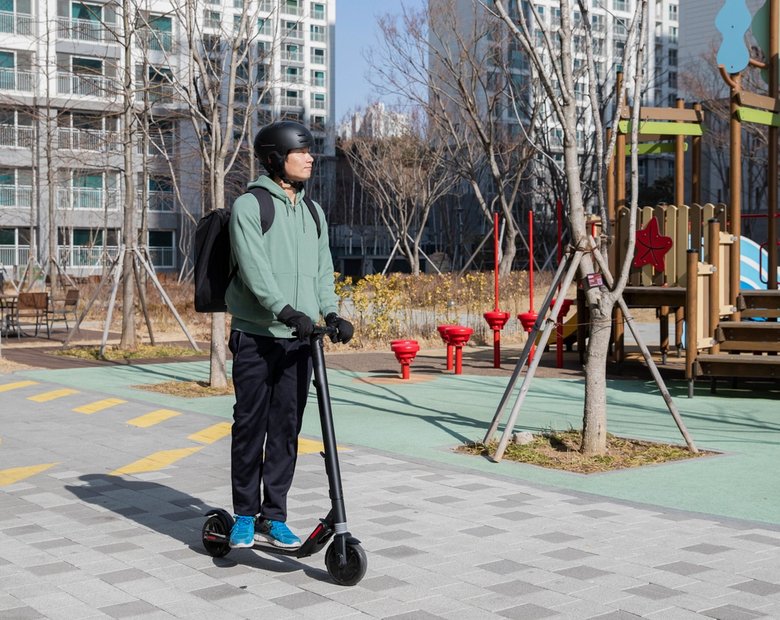
So, you're thinking about joining the electric scooter revolution, huh? You've seen those sleek and stylish scooters zipping around town, effortlessly gliding through traffic, and you can't help but wonder: Are electric scooters easy to ride?
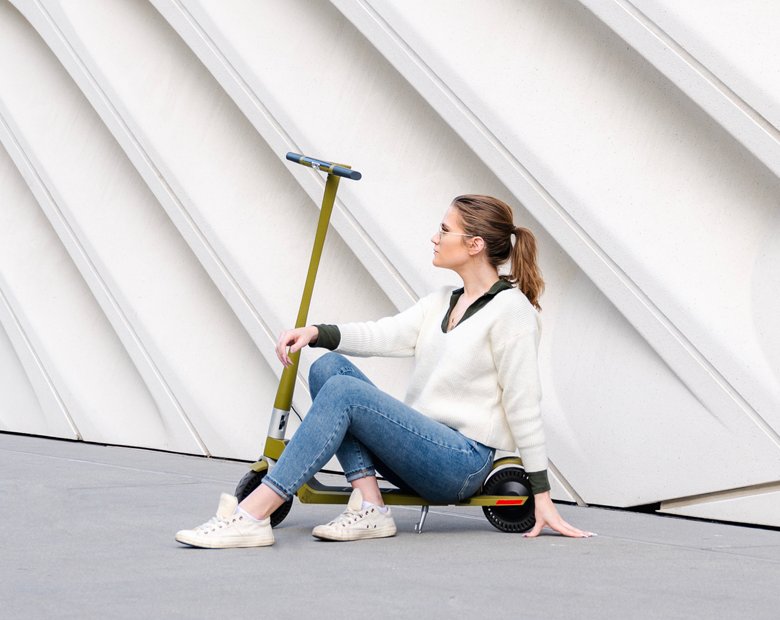
In this guide, we'll break down what defines a lightweight electric scooter, why you should choose one, and the top features you should look for.
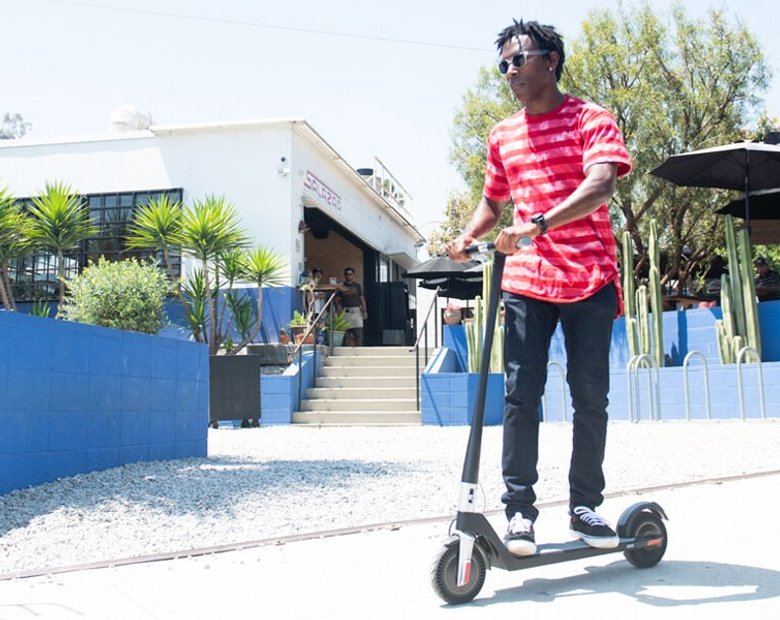
Want to get the most out of your electric scooter battery and extend your riding adventures? We've got you covered with our comprehensive guide full of maintenance tips and best practices.

*Disclaimer: Unagi, INC. has used best efforts, but does not in any manner guarantee the accuracy of the below findings regarding electric scooter laws in the United States or internationally. Electric scooter riders or those considering to purchase or begin…

It’s beyond question that we must drastically reduce carbon emissions in the coming years to head off the worst effects of climate change. How we do that has been a matter of considerably drawn-out debate. As individuals, it can be…

If you're considering riding an electric scooter for the daily urban commute - or even just for recreation - this article will give you the lowdown on getting insurance for an electric scooter.

In many regions, there's a clear restriction against riding electric scooters on the road, with the rules steering their use towards designated areas such as bicycle lanes, multi-use paths, and shared street paths.
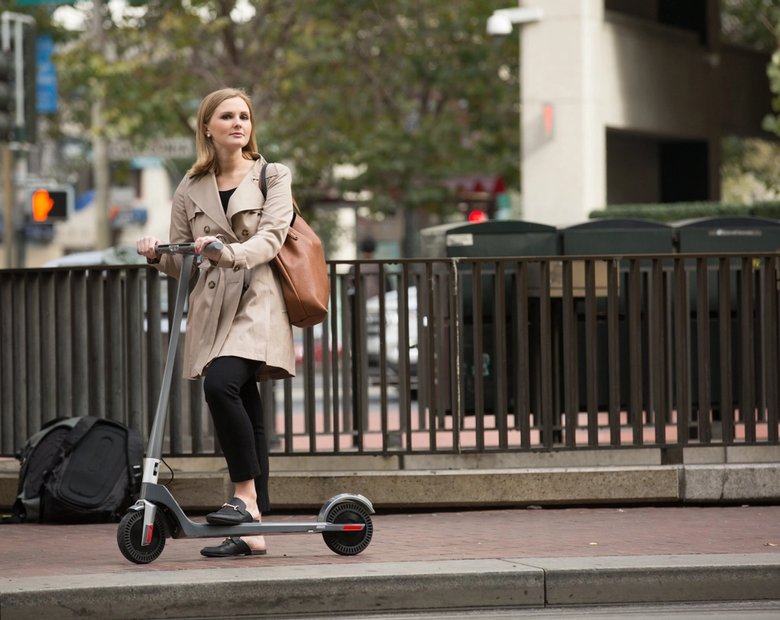
You’ve seen them all over your city’s streets, and everyone who rides one looks absolutely thrilled. So, why haven’t you picked up your own folding electric scooter yet? Maybe you’re worried about whether e-scooters require a driver’s license, or a…

The basis and the premise of my work is that we either operate out of love or we operate out of fear...Time is currency. The coolest thing about the scooters is that it's really quick, and it goes uphill. From there, traveling more efficiently and having a good time doing it--I think that's the most important thing.

Cynthia Leu has a full plate. A tech worker by day, Cynthia spends her off time balancing the parallel lives of a powerlifter, entrepreneur, mental health advocate, and more. Riding Unagi helps this USMC veteran cut down on everyday…

https://www.youtube.com/watch?v=7m2hVBE62LY Rasheed Muhammad is sick of Los Angeles traffic. In order to preserve his sanity, Rasheed has traded his everyday driving habit for the portable and beautiful Unagi Model One. It’s an essential accessory for navigating LA streets -- and…

Rich Lee, Co-Founder of San Francisco’s SPRO Coffee Lab, wants to share his love for coffee with the world. He depends on riding Unagi to avoid the hassle of navigating the parking crunch in the booming Mission Bay neighborhood.…


